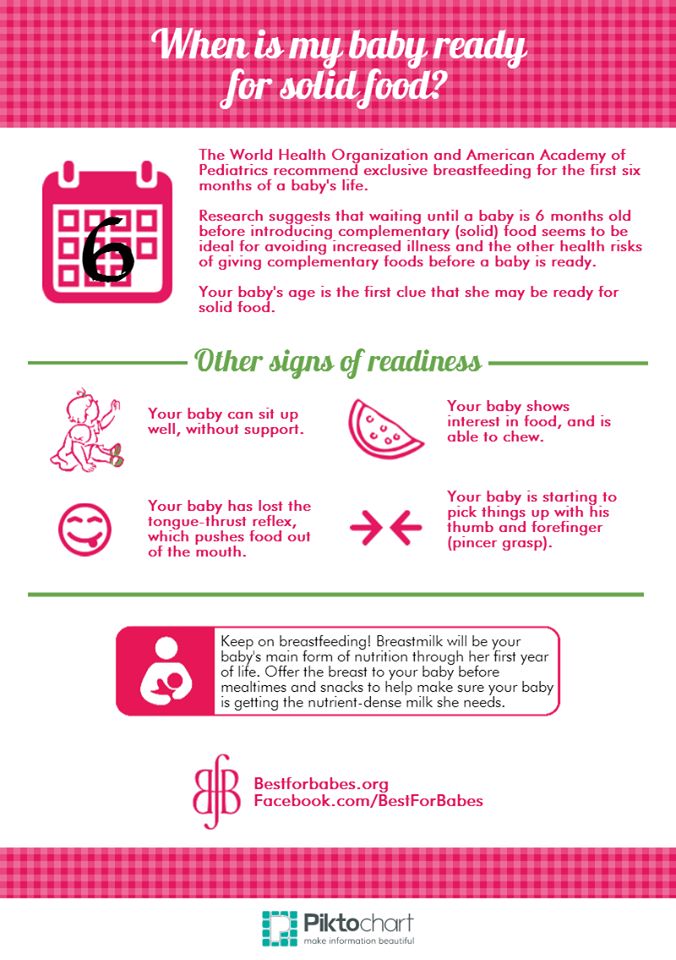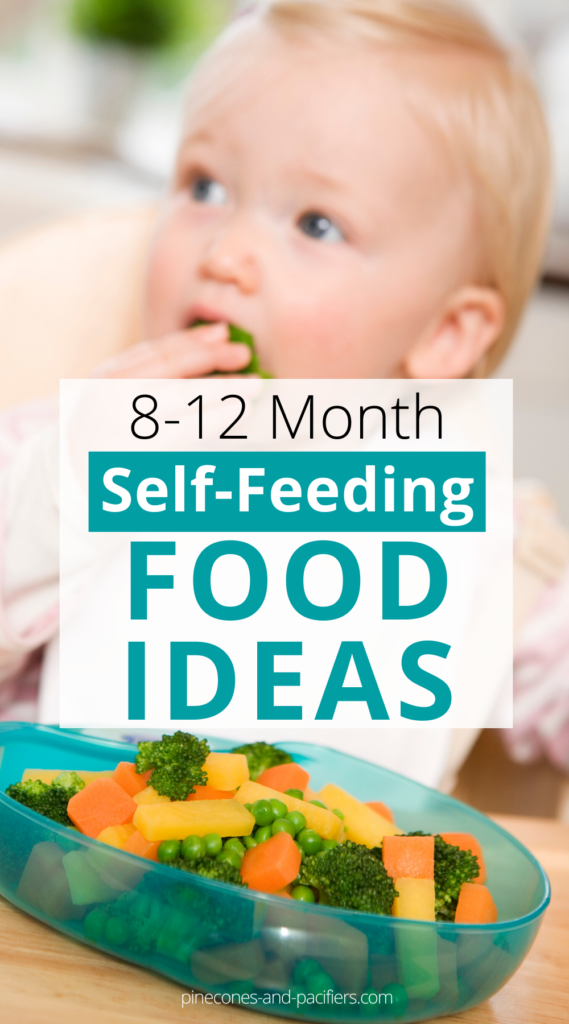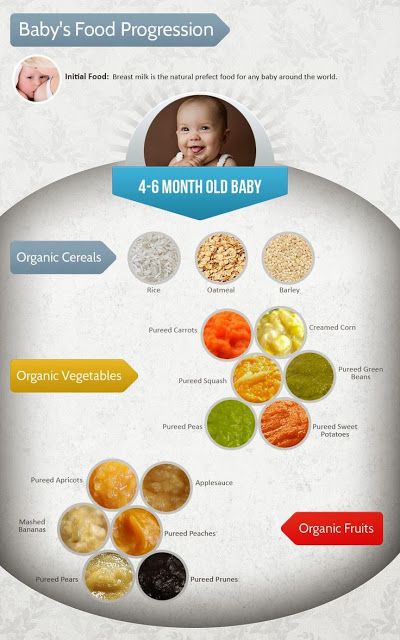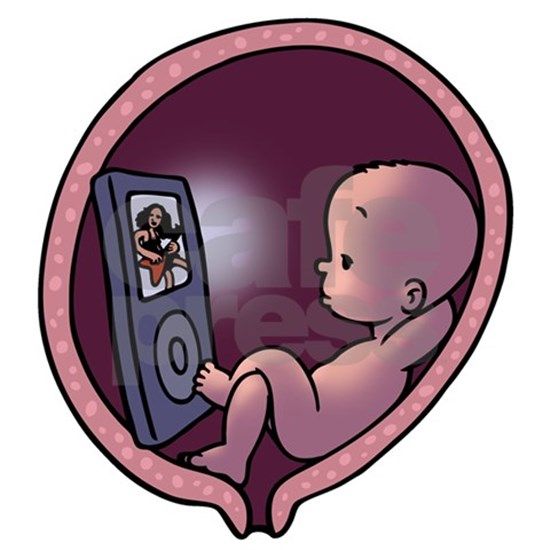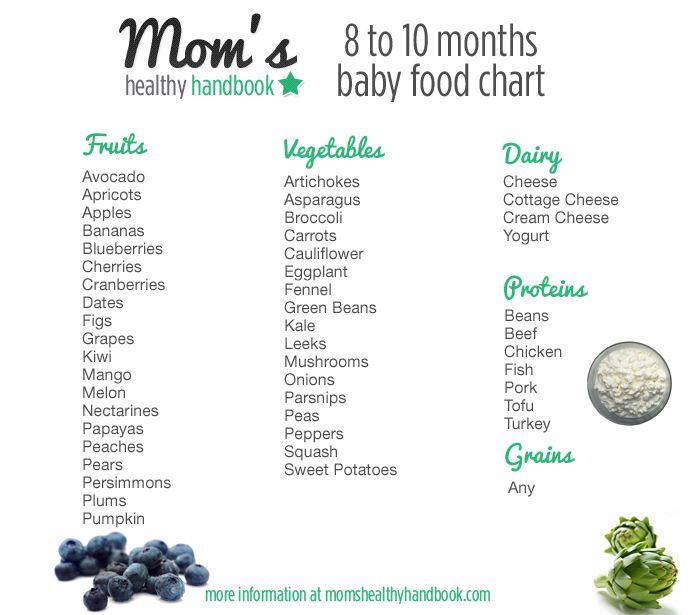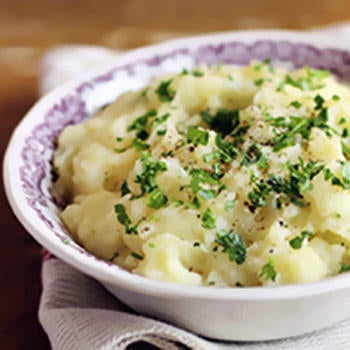Feeding baby beets
Beet (Beetroot) for Babies - First Foods for Baby
When can babies eat beets?
Beet (beetroot) may be introduced as soon as baby is ready to start solids, which is generally around 6 months of age.
Thousands of years ago, humans learned to cultivate the taproot of a wild plant whose leafy greens had served as a source of nutrient-rich food in the fertile lands bordering the Mediterranean Sea for ages. That evolutionary milestone paved the way to the modern beet that we know and love today: a bulbous, colorful root vegetable that can be eaten raw, cooked, or preserved.
Recommended Guide: 75 Lunch Menus for Babies & Toddlers
Are beets healthy for babies?
Yes. Beets are full of nutrients, including fiber for healthy digestion and folate, an essential nutrient to fuel a child’s development in this early stage of life. Beets also contain carotenoids, phenols, and many other plant nutrients that act as antioxidants and support cellular health.1
Different varieties of beetroots come in hues of red, yellow, or white, and sometimes they are striped with pink. Each variety offers a unique set of phytonutrients. For example, dark red beets are packed with nutrients that support the liver and act as antioxidants and anti-inflammatories – important qualities to help fight against toxins in our modern world. Note: Red beets often change the color of baby’s poop and urine to bright red. Don’t worry if this happens! It’s natural.
You may have heard that beets contain nitrates—naturally-occurring plant compounds that may negatively affect oxygen levels in blood when consumed in great excess.2 First, know that the benefits of eating vegetables typically outweigh the risks of any nitrate exposure from vegetables.3 4 Second, babies with health concerns or who are under 3 months of age are the most susceptible to the effects of nitrates.![]() 5 Organizations such as the American Academy of Pediatrics and the European Food Safety Authority generally do not view nitrates in vegetables as a concern for most healthy children.6 7
5 Organizations such as the American Academy of Pediatrics and the European Food Safety Authority generally do not view nitrates in vegetables as a concern for most healthy children.6 7
To reduce nitrate exposure, avoid consumption of untested well water and take care with purees.8 9 When possible, avoid homemade purees made with higher nitrate vegetables that are stored for more than 24 hours and commercial purees not consumed within 24 hours of opening.10 Higher nitrate vegetables include arugula, beets, carrots, lettuce, spinach, and squash, among others.11
★Tip: Pre-cooked, canned, or pre-packaged beets are a great choice when fresh or frozen beets are not an option. Be sure to read the package label and choose low-sodium brands with no added sugar. Rinsing canned beets may reduce the sodium.12
Are beets a common choking hazard for babies?
Yes. Beets can be a choking hazard because they’re slippery and firm – two qualities that increase the risk.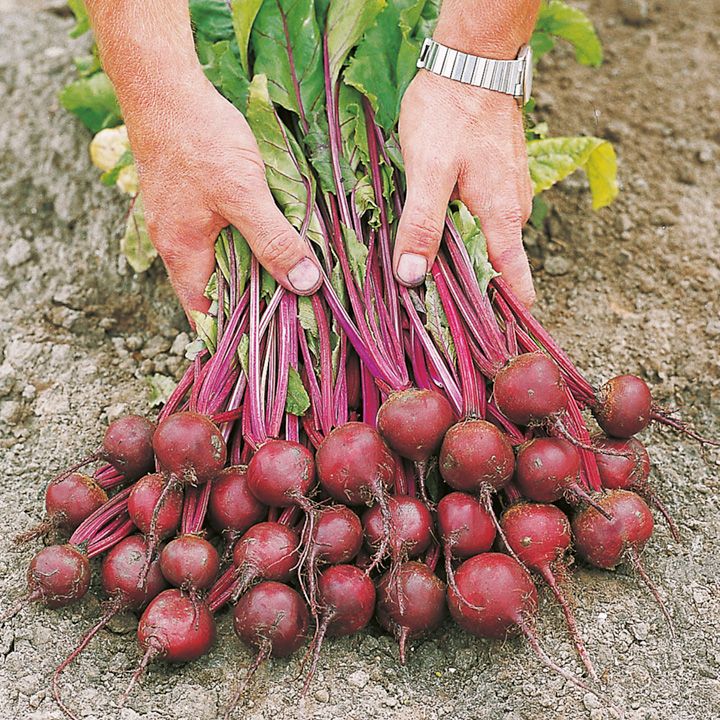 To minimize the risk, cook beets until completely soft and cut into age-appropriate sizes, or grate raw beet. As always, make sure you create a safe eating environment and stay within an arm’s reach of baby at mealtime.
To minimize the risk, cook beets until completely soft and cut into age-appropriate sizes, or grate raw beet. As always, make sure you create a safe eating environment and stay within an arm’s reach of baby at mealtime.
For more information on choking, visit our sections on gagging and choking and familiarize yourself with the list of common choking hazards.
Are beets a common allergen?
No. Beet allergies are rare, though an individual could be allergic to any food in theory.13
As you would do when introducing any new food, start by offering a small amount for the first few servings. If there is no adverse reaction, gradually increase the amount served over future meals.
Recommended Guide: Introducing Allergens
How do you prepare beets for babies with baby-led weaning?
Every baby develops on their own timeline, and the suggestions on how to cut or prepare particular foods are generalizations for a broad audience.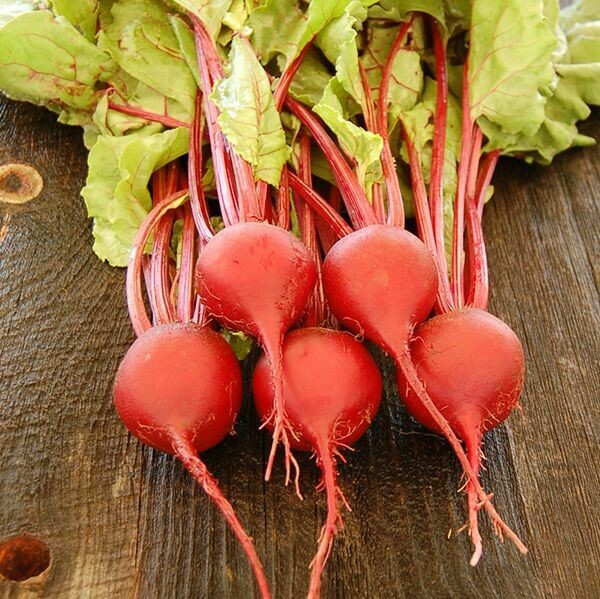 Your child is an individual and may have needs or considerations beyond generally accepted practices. In determining the recommendations for size and shape of foods, we use the best available scientific information regarding gross, fine, and oral motor development to minimize choking risk. The preparation suggestions we offer are for informational purposes only and are not a substitute for child-specific, one-on-one advice from your pediatric medical or health professional or provider. It is impossible to fully eliminate all risk of a baby or child choking on any liquid, puree, or food. We advise you to follow all safety protocols we suggest to create a safe eating environment and to make educated choices for your child regarding their specific needs. Never disregard professional medical advice or delay in seeking it because of something you have read or seen here.
Your child is an individual and may have needs or considerations beyond generally accepted practices. In determining the recommendations for size and shape of foods, we use the best available scientific information regarding gross, fine, and oral motor development to minimize choking risk. The preparation suggestions we offer are for informational purposes only and are not a substitute for child-specific, one-on-one advice from your pediatric medical or health professional or provider. It is impossible to fully eliminate all risk of a baby or child choking on any liquid, puree, or food. We advise you to follow all safety protocols we suggest to create a safe eating environment and to make educated choices for your child regarding their specific needs. Never disregard professional medical advice or delay in seeking it because of something you have read or seen here.
6 to 8 months old: Cook the whole beet until it is completely soft and easily pierced with a knife, then peel and discard the skin. If the beet is very large you can serve it whole, cut in half, or even in large quarters. If the beet is on the smaller size (as many pre-packaged beets are), you may want to mash or grate. Just take care to serve beets on bath day because this is one messy vegetable! Red beet stains almost anything it touches, including baby’s skin and clothes. Remember, red beets can also change the color of baby’s poop and urine to bright red. Don’t worry if this happens! It’s natural.
If the beet is very large you can serve it whole, cut in half, or even in large quarters. If the beet is on the smaller size (as many pre-packaged beets are), you may want to mash or grate. Just take care to serve beets on bath day because this is one messy vegetable! Red beet stains almost anything it touches, including baby’s skin and clothes. Remember, red beets can also change the color of baby’s poop and urine to bright red. Don’t worry if this happens! It’s natural.
9 to 12 months old: Offer bite-sized pieces of cooked beetroot with the skins removed. At this age, babies develop the pincer grasp (where the thumb and pointer finger meet), which enables them to pick up smaller pieces of food. When you see signs of this development happening, try offering bite-sized pieces of cooked beetroot for baby to try to pick up. If you like, you can also continue with whole or halved cooked beets for biting and chewing practice.
12 to 24 months old: Utensil time! If you have not introduced a fork yet, this is a good time to do so, and cooked, soft beetroot is a great food for fork practice.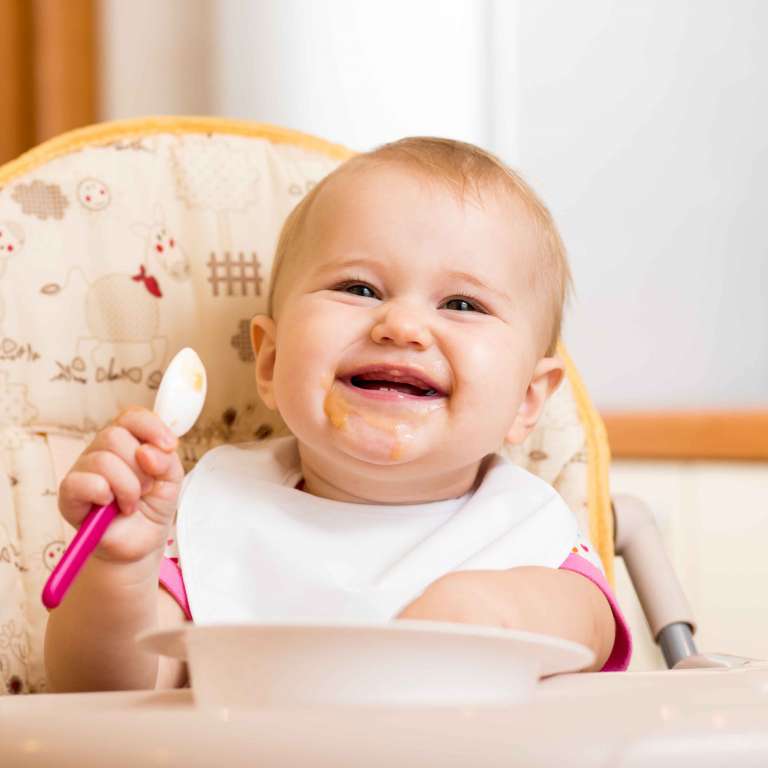 Offer bite-sized pieces of cooked beets and pre-load baby’s fork or trainer chopsticks as needed. Be patient: consistent, independent use of utensils may not happen until closer to 18 months of age.
Offer bite-sized pieces of cooked beets and pre-load baby’s fork or trainer chopsticks as needed. Be patient: consistent, independent use of utensils may not happen until closer to 18 months of age.
Starting solids is a messy business—read our Tips for Minimizing the Mess.
Recipe: Beetroot and Apple Salad
Yield: 1 ¼ cups (150 grams)
Cooking Time: 5 minutes
Age: 6 months+
Ingredients
- 1 large beetroot (90 grams)
- 1 apple
- 2 teaspoons (10 grams) orange juice
- 2 teaspoons (10 grams) olive oil
Directions
- Scrub the vegetable under water, then peel and discard the skin and slice off and discard the root and stem ends. If you have kitchen gloves, this is a good time to wear them to keep the beet juice from staining your hands.
- Place the beetroot in an oven safe dish. Add 1 cup (240 milliliters) water.
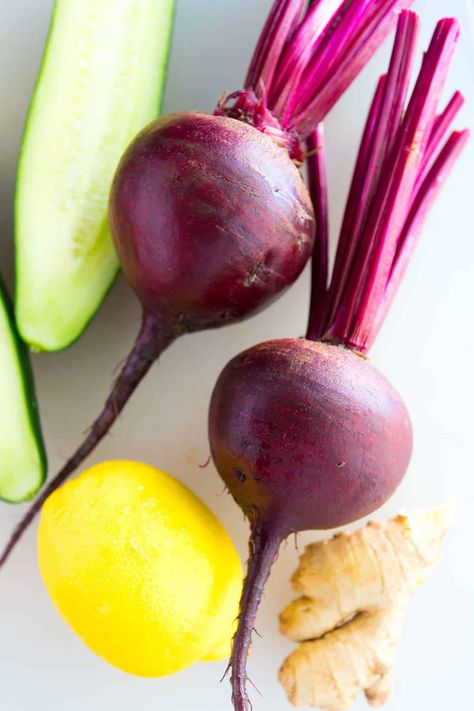 Cover the dish and roast at 400 degrees Fahrenheit (205 degrees Celsius) until the beetroot is easily pierced with a knife, between 30 and 60 minutes depending on its size. Remove the dish from the oven. Uncover the dish and transfer the beetroot to a mixing bowl to let cool.
Cover the dish and roast at 400 degrees Fahrenheit (205 degrees Celsius) until the beetroot is easily pierced with a knife, between 30 and 60 minutes depending on its size. Remove the dish from the oven. Uncover the dish and transfer the beetroot to a mixing bowl to let cool. - Prepare the apple. First, wash, dry, peel, and halve the apple. Cut out and discard the core, seeds, and stem. Place the apple in a medium pot and add 1 cup (240 milliliters) water. Cover the pot and set it on medium-high heat. When the pot reaches a boil, lower the heat to create a gentle simmer. Stew the apple until it is soft and easily pierced with a knife, about 20 minutes. Use a slotted spoon to transfer the apple from the liquid to a mixing bowl. Discard the stewing liquid, or reserve it from another use, like tea.
- Cut the beet into halves or large quarters and quarter the apple and place the beet and apple in the mixing bowl.
- Pour the orange juice and olive oil over the beetroot and apple.
 Let the mixture sit for 5 minutes.
Let the mixture sit for 5 minutes. - Scoop some salad into the child’s bowl or serve directly on the tray. Exact serving size is variable. Let a child’s appetite determine how much is eaten.
- Serve and let the child try to self-feed by scooping with hands. If baby needs help picking up the food, try passing in the air for baby to grab.
To Store: Beetroot and Apple Salad keeps in an air-tight container in the fridge for 4 days or in the freezer for 2 months.
Flavor Pairings
Beetroot tastes earthy and sweet – a flavor that deepens as the vegetable is exposed to heat during the cooking process. Try pairing beets with creamy foods like avocado, coconut, egg, goat cheese, kefir, mascarpone cheese, ricotta cheese, or yogurt to balance the strong flavor of the vegetable. Add ground nuts like hazelnut, pecan, or walnut or serve alongside legumes like chickpea or lentils or grains like Khorasan wheat or quinoa for a complimentary earthy flavor.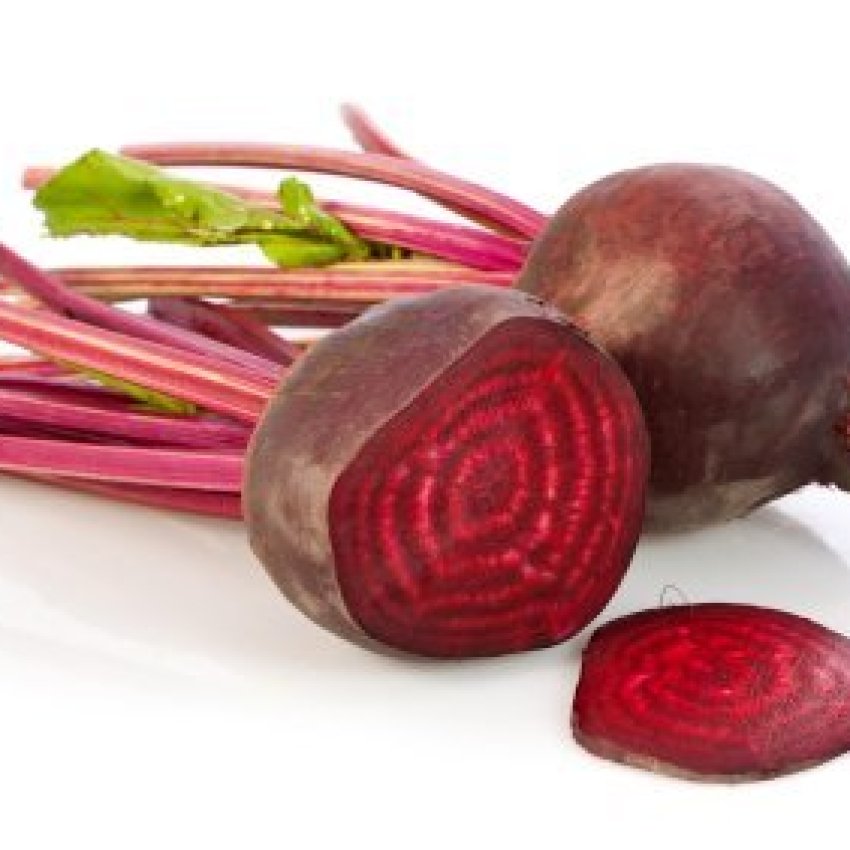 Beets also taste delicious with fellow fruits and vegetables like apple, asparagus, cabbage, carrot, garden peas, green beans, lemon, onion, orange, pear, potato, and snap peas.
Beets also taste delicious with fellow fruits and vegetables like apple, asparagus, cabbage, carrot, garden peas, green beans, lemon, onion, orange, pear, potato, and snap peas.
Reviewed by
E. Cerda, MSN, CNS, LDN
A. Gilbaugh, RD, CNSC
K. Rappaport, OTR/L, MS, SCFES, IBCLC
S. Bajowala, MD, FAAAAI. Board-Certified Allergist & Immunologist (allergy section)
R. Ruiz, MD, FAAP. Board-Certified General Pediatrician & Pediatric Gastroenterologist
- Hadipour, E., Taleghani, A., Tayarani‐Najaran, N., & Tayarani‐Najaran, Z. (2020). Biological effects of red beetroot and betalains: A review. Phytotherapy Research. DOI: 10.1002/ptr.6653. Retrieved August 16, 2021.
- Brkić, D., Bošnir, J., Bevardi, M., Bošković, A. G., Miloš, S., et al. (2017). NITRATE IN LEAFY GREEN VEGETABLES AND ESTIMATED INTAKE. African journal of traditional, complementary, and alternative medicines, 14(3), 31–41. DOI: 10.
 21010/ajtcam.v14i3.4. Retrieved September 9, 2020.
21010/ajtcam.v14i3.4. Retrieved September 9, 2020. - Filer, L. J., Lowe, C. J., Barness, L. A., Goldbloom, R. B., Heald, F. P., et al. (1970). Infant Methemoglobinemia: The Role of Dietary Nitrate. Official Journal of The American Academy of Pediatrics, 46(3), 475-478. Retrieved September 9, 2020.
- European Food Safety Authority. (2017). EFSA Explains Risk Assessment: Nitrites and Nitrates Added in Food. Retrieved September 9, 2020.
- Preboth, M. (2005). AAP clinical report on infant methemoglobinemia. American Family Physician, 72 (12), 2558. Retrieved August 16, 2021.
- Greer FR, Shannon M; American Academy of Pediatrics Committee on Nutrition; American Academy of Pediatrics Committee on Environmental Health. Infant methemoglobinemia: the role of dietary nitrate in food and water. Pediatrics. 2005;116(3):784-786. doi:10.1542/peds.2005-1497. Retrieved August 16, 2021.
- EFSA Panel on Contaminants in the Food Chain (CONTAM). (2010). Statement on possible public health risks for infants and young children from the presence of nitrates in leafy vegetables.
 EFSA Journal, 8(12), 1935. Retrieved September 2, 2021.
EFSA Journal, 8(12), 1935. Retrieved September 2, 2021. - Hord, N. G., Tang, Y., Bryan, N. S. (2009). Food sources of nitrates and nitrites: the physiological context for potential health benefits. The American Journal of Clinical Nutrition, 90(1), 1-10. DOI: 10.3945/ajcn.2008.27131. Retrieved September 9, 2020.
- Greer FR, Shannon M; American Academy of Pediatrics Committee on Nutrition; American Academy of Pediatrics Committee on Environmental Health. Infant methemoglobinemia: the role of dietary nitrate in food and water. Pediatrics. 2005;116(3):784-786. doi:10.1542/peds.2005-1497. Retrieved August 16, 2021.
- Chan TY. (2011). Vegetable-borne nitrate and nitrite and the risk of methaemoglobinaemia. Toxicol Lett, 15, 200(1-2):107-8. DOI: 10.1016/j.toxlet.2010.11.002. Retrieved August 16, 2021.
- Lidder, S., & Webb, A. J. (2013). Vascular effects of dietary nitrate (as found in green leafy vegetables and beetroot) via the nitrate-nitrite-nitric oxide pathway.
 British journal of clinical pharmacology, 75(3), 677–696. DOI: 10.1111/j.1365-2125.2012.04420.x. Retrieved August 16, 2021.
British journal of clinical pharmacology, 75(3), 677–696. DOI: 10.1111/j.1365-2125.2012.04420.x. Retrieved August 16, 2021. - Vermeulen, R.T., Sedor, F.A., Kimm, S.Y. (1983). Effect of Water Rinsing on Sodium Content of Selected Foods. Journal of American Dietetic Association, 82(4), 949-969. Retrieved January 4, 2021.
- Lopes de Olivera, L. et al. (2011) Anaphylaxis to beetroot (Beta vulgaris): a case report. Clinical & translational allergy, doi:10.1186/2045-7022-1-S1-P51. Retrieved December 15, 2019.
How to Cook Beets (Beetroot) for Babies
Jump to Recipe
Serve beetroots to your baby with ease and confidence following these cooking tips, serving suggestions, and healthy recipes!
Jump to:- When can babies eat beets?
- Health Benefits
- Are beets safe for babies?
- Selecting the Best Beetroots
- Cooking Methods
- How to Cut Beets for Baby Led Weaning
- How to store
- Frequently Asked Questions
- Beet recipes for babies
- How to Cook Beetroot (3 Easy Methods)
When can babies eat beets?
This nutritious vegetable can be offered to babies as soon as they’re ready to start solids, usually around 6 months.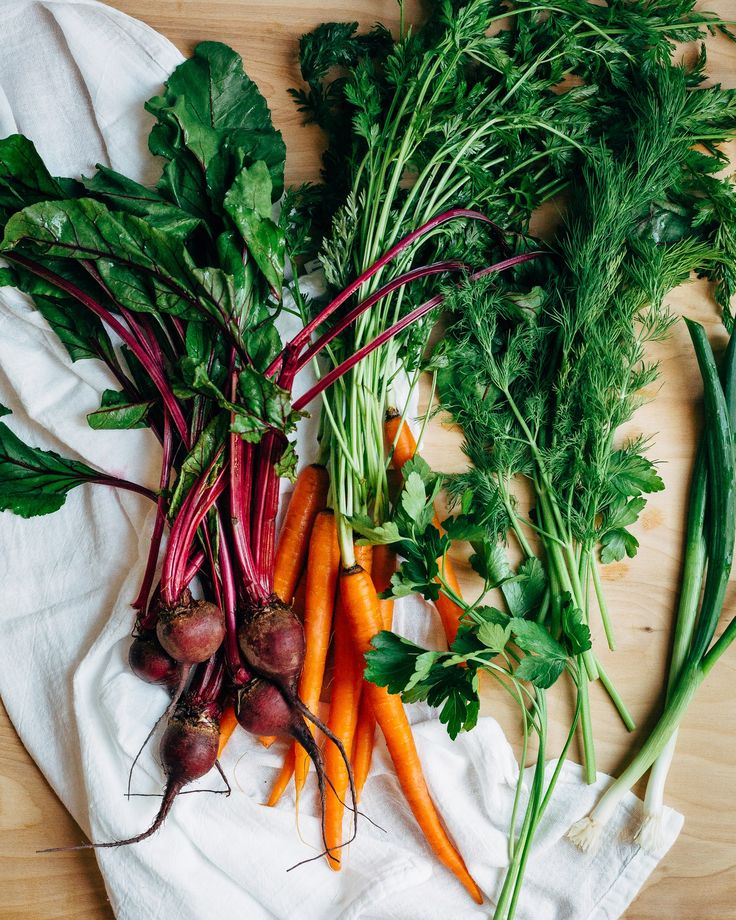 It’s important to remember that your baby is unique and that rather than going by the calendar, you need to make sure your baby is DEVELOPMENTALLY ready to start solids.
It’s important to remember that your baby is unique and that rather than going by the calendar, you need to make sure your baby is DEVELOPMENTALLY ready to start solids.
If you’re unsure, be sure to grab my FREE handout!
Health Benefits
Beets are nutritional powerhouses. They’re great sources of fiber, potassium, folate, iron, calcium, and vitamin C.
And did you know that the red pigment is also a powerful antioxidant called betalains?
They’re essential for many cell functions and protect our cells against oxidative stress, which can damage cells.
Besides the health benefits, beets provide your baby with such a wonderful flavor and texture experience. The vibrant color is sure to engage their eyes and even pique the interest of your fussy eating toddler.
Be prepared though as they have an uncanny ability to stain everything! Put on a full sleeve bib or serve on bath day ;).
Are beets safe for babies?
As long as it's offered in an appropriate size and texture, it is safe. Let me show you how!
Let me show you how!
It is also not a common allergen. And If you were told to avoid due to nitrates, be sure to read the FAQ section!
Selecting the Best Beetroots
Choose ones that are rich in color, firm with smooth skin, and round.
And make sure they are small or medium in size (no larger than 3 inches in diameter), as they are sweeter and more tender.
I learned the hard way when the husband brought home large beets thinking bigger is better and they not only tasted terrible but were super tough and fibrous! Never again!
If you're buying beets with leaves and stems attached, the leaves should be crisp and dark green.
Grab ones that are similar in size so they will cook evenly.
They come in many different shades. Golden and white ones are sweet and have a less earthy flavor compared to the red ones. Some even have red and white rings inside! If you can get your hands on these, grab some. It will be a great way to incorporate variety.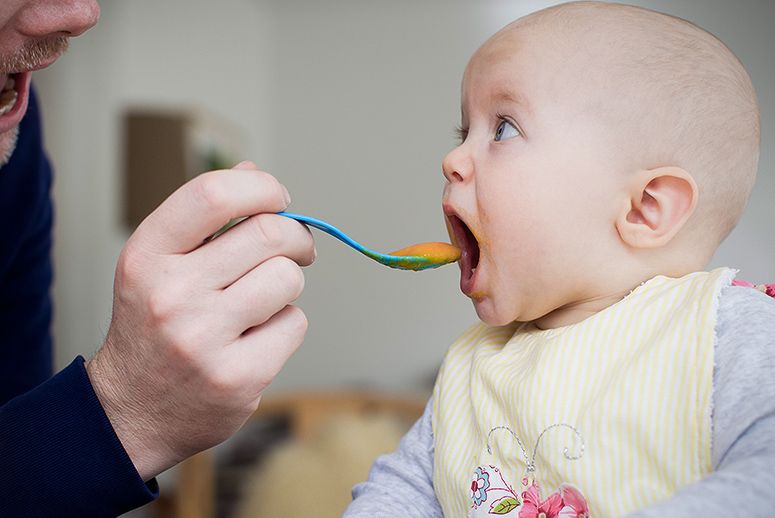
Cooking Methods
Be sure to gently scrub under running water to remove any dirt or sand.
It is best to cook with the skin on and some stem and root attached. Otherwise, the beets will stain your hands and everything else that they touch.
The skin will rub off easily after cooking. Once cooled, use a paper towel or gloves to help peel.
It is VERY important that the vegetable is cooked until soft enough to be easily smushed between thumb and forefinger.
Steamed
Insert a steamer basket into a large pot. Fill with water to just below the steamer basket. Bring water to a boil.
Add beets to the pot and cover with a lid. Reduce heat to low and simmer until tender, about 30-40 minutes, depending on the size. Remove from pot. Allow them to cool. Peel skin.
Steam
RoastedThis is my personal favorite as it truly brings out their natural sweetness.
Here’s how to achieve perfectly silky and tender beets that your baby will gobble up in seconds.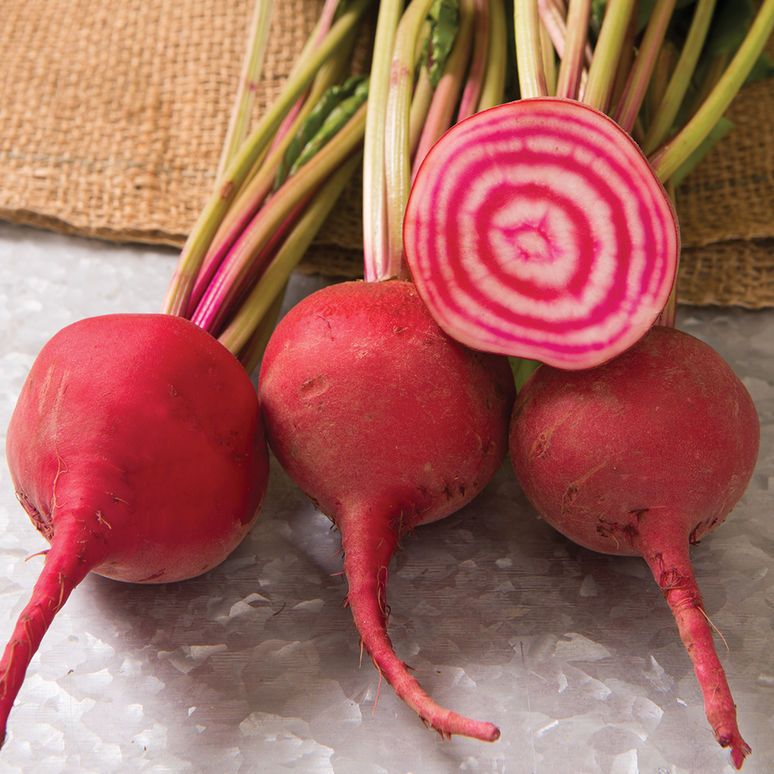
- Place the beets in a single layer in a greased baking/casserole dish and cover with a lid. Alternatively, you can coat the beet skins with oil and wrap loosely in foil (wrap big ones individually).
- Roast in the oven at 400°F for 45-50 minutes. You can check the doneness by piercing it with a knife. It should cut through like butter.
- Once cooled, peel, slice and enjoy!
The downside to roasting is that while it's simple to do, it does take a long time for the beets to get softened. Now that I'm a proud owner of the Instant Pot, when I'm pressed for time, here's what I do!
- Place the cleaned beets on trivet or steam basket. Add 1 cup of water.
- Close the lid, making sure valve is at sealing.
- Press manual or pressure cook at high pressure for 15-20 minutes, depending on the size of the beets.
- Do a quick release method by turning the valve from sealing to venting .
- Poke the beets with a knife.
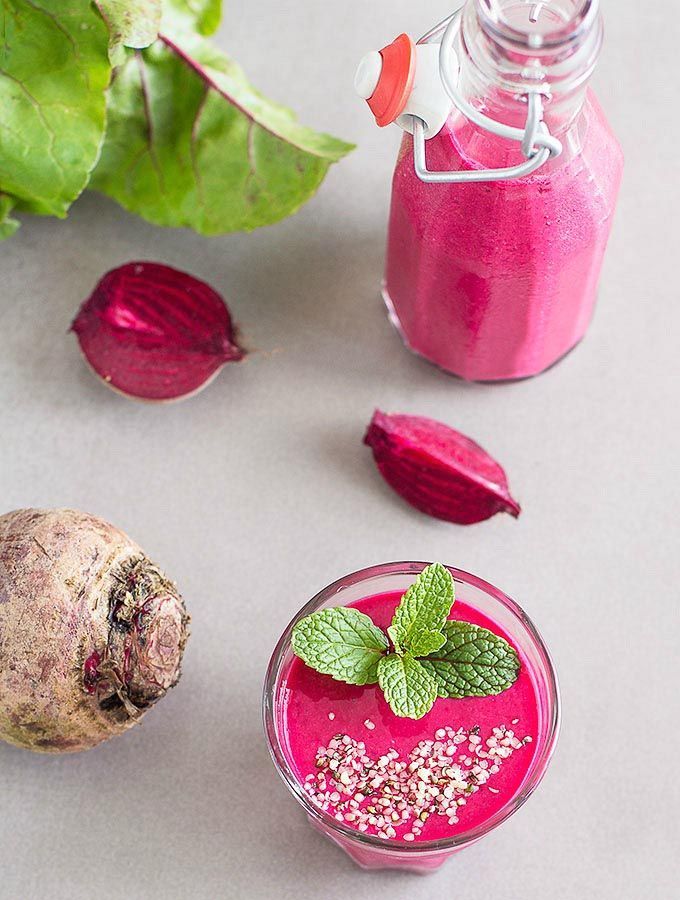 If it's still too hard, cook under high pressure for an additional 2-5 minutes.
If it's still too hard, cook under high pressure for an additional 2-5 minutes. - Let it cool before peeling the skin with your hands.
They tend to be more expensive but can't beat the convenience!
How to Cut Beets for Baby Led Weaning
Beets provide your baby with such a wonderful flavor and texture experience. Its vibrant color is sure to engage their eyes, and even pique the interest of your fussy eating toddler.
6+ months old
Pureed - Add cooked beets into a blender and blend until smooth. Add breastmilk/formula, water, or even broth to thin out to desired consistency.
Finely chopped- I like to use my mini chopper for this. Make enough to enjoy throughout the week in various ways. You can add to:
- Homemade baby oatmeal
- Quinoa
- Lentils
- Chia Pudding
- Overnight oats
- Toast
- Yogurt
- French toast
6-9 MONTHS OLD
Either go big or really small. You can finely chop (I love to use this mini chopper), grate or serve quartered.
You can finely chop (I love to use this mini chopper), grate or serve quartered.
The beets should be easy to smush between your thumb and forefinger.
9+ MONTHS OLD
As your baby develops their pincer grasp and is able to pick up small pieces of food using their thumb and forefinger, you can cut into small, bite-sized pieces. You can also serve thinly sliced.
If you haven't already, this is a good time to introduce utensils. Your baby will most likely just play around or toss it. But it’s still great for exposure!
Try forking a piece of squash and plate on their plate. Be sure to continue modeling. They are like sponges and learn by watching you!
12+ months old
In addition to all of the above, continue practicing with those utensils. And don’t get discouraged if your child doesn’t seem to be getting it. It's a skill that takes time to master, and the best things you can do are provide plenty of opportunities to practice and model.
Going back up in size and offering whole or halved soft beets is also great for practicing taking bites.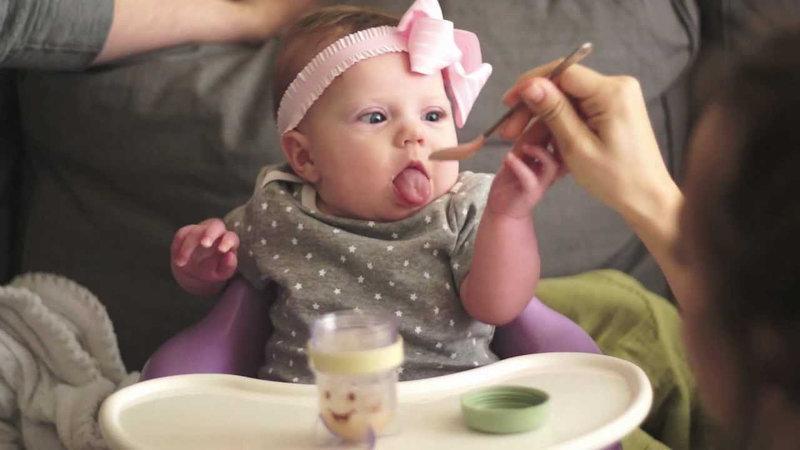
How to store
For uncooked
Do not wash before storing. If you purchased ones with the greens attached, remove it from the root, leaving only about an inch of the stem intact. Otherwise, it will suck the moisture from the root.
Store in the crisper drawer for 2-3 weeks. Beet greens will keep for 3-5 days.
For cooked
Store in an airtight container for 3-5 days in the fridge.
To Freeze
I encourage you to cook a large batch so you can freeze some. I personally like to freeze beets whole but you can also slice them. Transfer to an airtight container and freeze for up to 3 months.
Frequently Asked Questions
Do beets cause constipation?
They actually help promote regularity, thanks to their high fiber content. With my firstborn, beets (and chia seeds) were what really helped get things moving when nothing else seemed to work.
Should I be concerned about the nitrates in beets?
Nitrates are natural chemicals that are found in the soil, air, and water. Therefore, they’re found in many vegetables. When consumed in excess, they can negatively affect blood counts, resulting in lethargy and breathing difficulties.
Therefore, they’re found in many vegetables. When consumed in excess, they can negatively affect blood counts, resulting in lethargy and breathing difficulties.
But this is rare for babies 6 months old and up. The American Academy of Pediatrics recommends that foods with naturally occurring nitrates be avoided before 3 months of age.
This should be easy since babies don't need solid foods until around 6 months of age.
Vegetables provide so many beneficial nutrients that the benefits typically outweigh any harmful effects. But this is also another reminder to incorporate more variety into your child's diet. Too much of one food, whether good or bad, is not ideal.
If you are very concerned, purchasing organic will help minimize the intake of nitrates.
Canned beets ok for baby?
Sure! Just choose ones that contain the least amount of sodium and no added sugar. Give it a good rinse before serving to further reduce the sodium.
Will my baby's urine and poop change in color?
Yes, thanks to the betanin pigment, it is normal for them to take on a reddish hue. Although this can be scary, don't be alarmed. Rest assured, it is completely harmless.
Beet recipes for babies
As you can see, it takes a long time to cook beets. So be sure to cook a huge batch while you’re at it! You can serve as is or try these recipes!
- Beet Pancakes (egg-free)
- Beet Hummus
- Beetroot Dip with Chickpeas
- Beetroot Blender Muffins
- Turkey Beet Meatballs
- Beetroot Pesto Pasta Sauce
- Beetroot Curry Oatmeal
- Beet Zucchini Bread
- Bibimbap Sauce
How to Cook Beetroot (3 Easy Methods)
Serve beetroots to your baby with ease and confidence following these cooking tips, serving suggestions, and healthy recipes!
5 from 2 votes
Print PinPrep Time: 5 minutes
Cook Time: 45 minutes
Total Time: 50 minutes
Servings: 8
Author: Min | MJ and Hungryman
- ▢
Instant Pot
- ▢
Steamer
- ▢
Baking Mat
- ▢ 1 pound small to medium sized beetroots
- ▢ Olive or avocado oil, if steam roasting
Steamed Beets
Insert a steamer basket into a large pot.
 Fill with water to just below the steamer basket. Bring water to a boil.
Fill with water to just below the steamer basket. Bring water to a boil.Add beets to the pot and cover with a lid. Reduce heat to low and simmer until tender, about 30-40 minutes, depending on the size. Remove from pot. Allow them to cool. Peel skin.
Steam Roasted Beets
Place the beets in a single layer in a greased baking/casserole dish and cover with a lid. Alternatively, you can coat the beet skins with oil and wrap loosely in foil (wrap big ones individually).
Roast in the oven at 400°F for 45-50 minutes. You can check the doneness by piercing it with a knife. It should cut through like butter. Once cooled, peel, slice and enjoy!
Instant Pot Beets
Place the cleaned beets on trivet or steam basket. Add 1 cup of water. Close the lid, making sure valve is at sealing.
Press manual or pressure cook at high pressure for 15-20 minutes, depending on the size of the beets. Do a quick release method by turning the valve from sealing to venting.
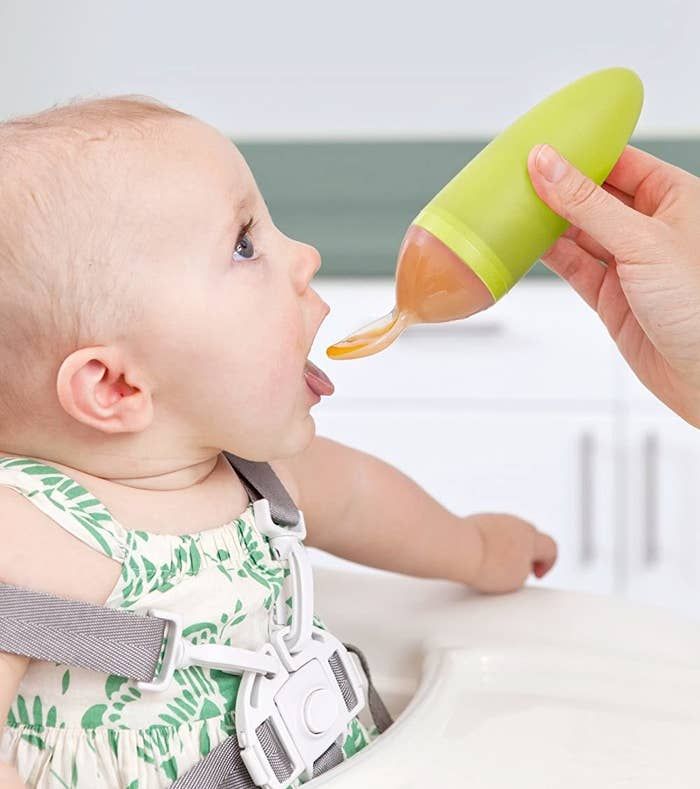
Poke the beets with a knife. If it's still too hard, cook under high pressure for an additional 2-5 minutes. Let it cool before peeling the skin with your hands.
Store in an airtight container for 3-5 days in the fridge.
I encourage you to cook a large batch so you can freeze some. I personally like to freeze beets whole but you can also slice them. Transfer to an airtight container and freeze for up to 3 months.
Calories: 24kcal | Carbohydrates: 5g | Protein: 1g | Fat: 1g
Course Side
Cuisine American
Tried this Recipe? Tag me Today!Tag me @KidFriendly.Meals today!
Beets - for children: simple, tasty, fast, healthy!
Beets: pros and cons of a red vegetable
It is impossible to imagine a classic borscht, vinaigrette, not to mention all sorts of salads - with mayonnaise and garlic, sour cream and cucumbers, pickled with cabbage.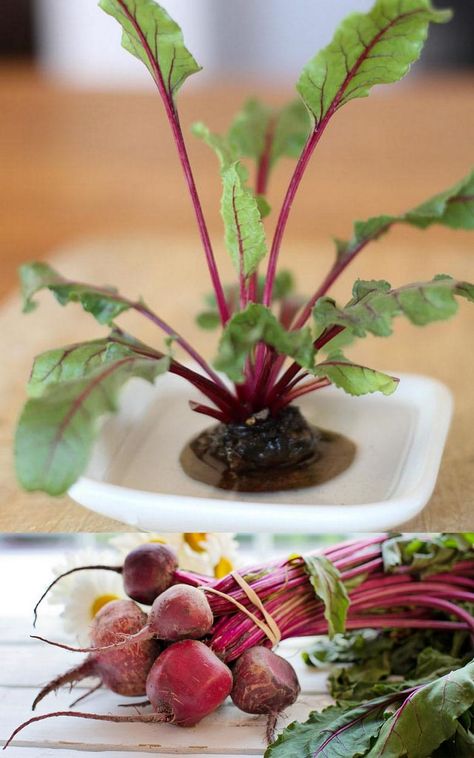 Beetroot is not only an indispensable product on the menu, it is an excellent doctor: beetroot juice with honey is a wonderful natural cough and cold remedy. But when and how is it better to introduce it into the diet of babies?
Beetroot is not only an indispensable product on the menu, it is an excellent doctor: beetroot juice with honey is a wonderful natural cough and cold remedy. But when and how is it better to introduce it into the diet of babies?
Basic rules for introducing vegetables
When asked if children can take beetroot, nutritionists recommend postponing the date of its introduction. Especially if your baby has an allergy, do not rush to give it as part of complementary foods, it is better to be late for a couple of months, but be sure that the child is not afraid of diathesis. The same applies to children who have problems with the gastrointestinal tract: sometimes gastritis can be the result of giving beet juice, even if it is heavily diluted with water.
The simplest beetroot salad is a boiled or baked vegetable, which is then chopped in a blender, sour cream and cream are added and given to a child. Usually, beets are not fed separately, but mixed with carrots and cucumbers.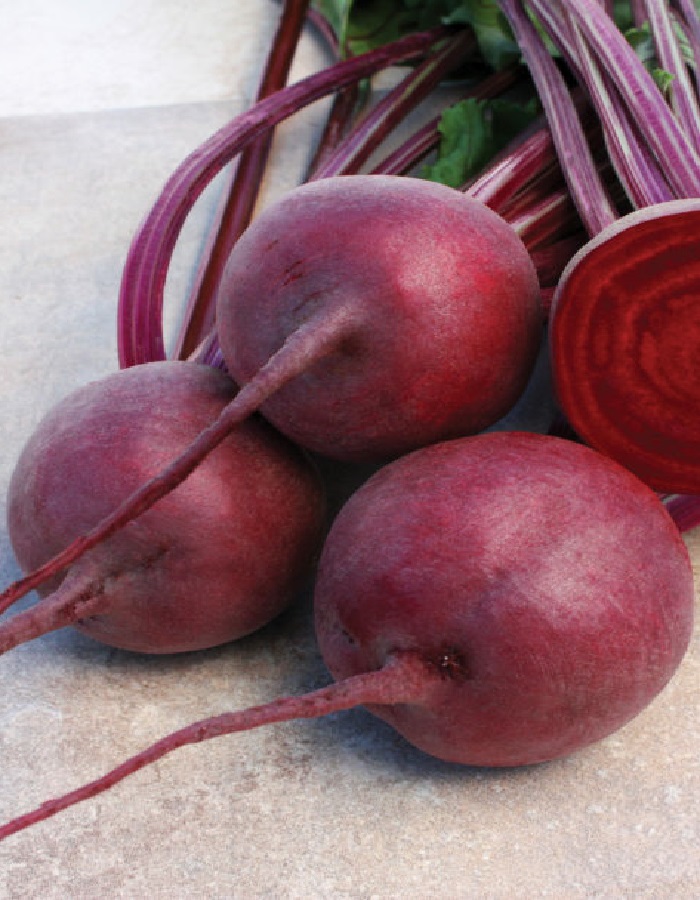 A very good option for serving beets is beetroot.
A very good option for serving beets is beetroot.
As for how to give beetroot juice to a child, doctors and nutritionists recommend introducing it with caution, starting with a few drops diluted in equal proportions with boiled water. It is very good for the prevention of anemia, and as a mild laxative if the child has constipation, and for strengthening blood vessels, and will be good mixed with carrot juice (carrot-beet juice). Beets help in the treatment of cardiovascular diseases, so very often, on a subconscious level, a child can eat ordinary boiled beets with appetite, sprinkling it with salt and dipping it in sour cream.
Many mothers ask themselves: at what age is beetroot allowed for children? Beets can be given starting at 8-9 months of age after adaptation to other vegetables. But it is better to wait up to a year: at this age, if a child has been receiving complementary foods since six months, his digestive system is relatively well developed.
Of course, we must not forget that all the components of the dishes, including beets, will be perfectly absorbed if the baby is breastfed: mother's milk contains hydrolytic enzymes that allow you to actively break down and digest proteins, fats, carbohydrates.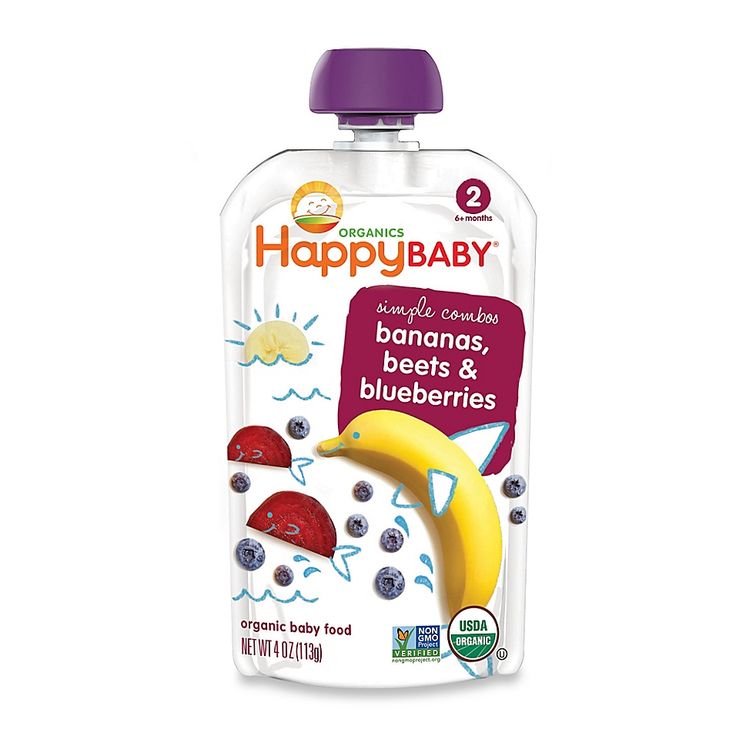 With an increase in the period of feeding, the useful qualities of breast milk increase more and more, therefore, after feeding the child with borscht or shulum, give him a breast for a “snack”. By the way, it is babies who eat everything from the common table, without signs of any allergy, that are distinguished by excellent growth parameters and good health.
With an increase in the period of feeding, the useful qualities of breast milk increase more and more, therefore, after feeding the child with borscht or shulum, give him a breast for a “snack”. By the way, it is babies who eat everything from the common table, without signs of any allergy, that are distinguished by excellent growth parameters and good health.
When choosing beets, try to take medium-sized fruits with a bright color. It's great if the vegetable was grown at home - this is how you protect the baby from nitrates and chemicals commonly used in crop production.
What to cook with beets?
Raw salads can be made from beets. We rub the peeled vegetable on a grater, add carrots and cucumbers (for example), pour over sour cream and soy sauce - and serve the crumbs. It is better to eat such a salad for a baby older than a year: beets are irritating to the intestines, so they can cause diarrhea. But still, it is better to cook dishes from boiled or baked beets (cabbage and beetroot salad): while retaining the best qualities, it loses harmful and irritating substances.
The variety of beetroot dishes is amazing. Stewed veal with beets and prunes, cake or biscuit with the addition of raw finely grated beets, beet-chocolate pie. Ukrainian shpundra is very tasty - stewed pork (ribs or brisket) with fermented beets.
With beets you can cook something like a meat vinaigrette by adding boiled meat, nuts, cheese. But the Chinese offer a salad recipe, which includes thinly sliced and fried meat, raw grated carrots and beets, and fried onions. A mixture of products is poured with boiling vegetable oil, sprinkled with soy sauce and apple or rice vinegar before this. Salad "Chafan" will be happy to eat a child over 1.5-2 years old, choosing what he likes best.
The fish is baked in the oven with beetroot (boiled before), laid in layers and covered with sauce. You can also stew with raw beets, grated or sliced, it will be no less tasty. In this case, it is better to simmer it for a long time on low heat, placing fish, onions, beets, carrots in turn and lightly watering with vegetable oil.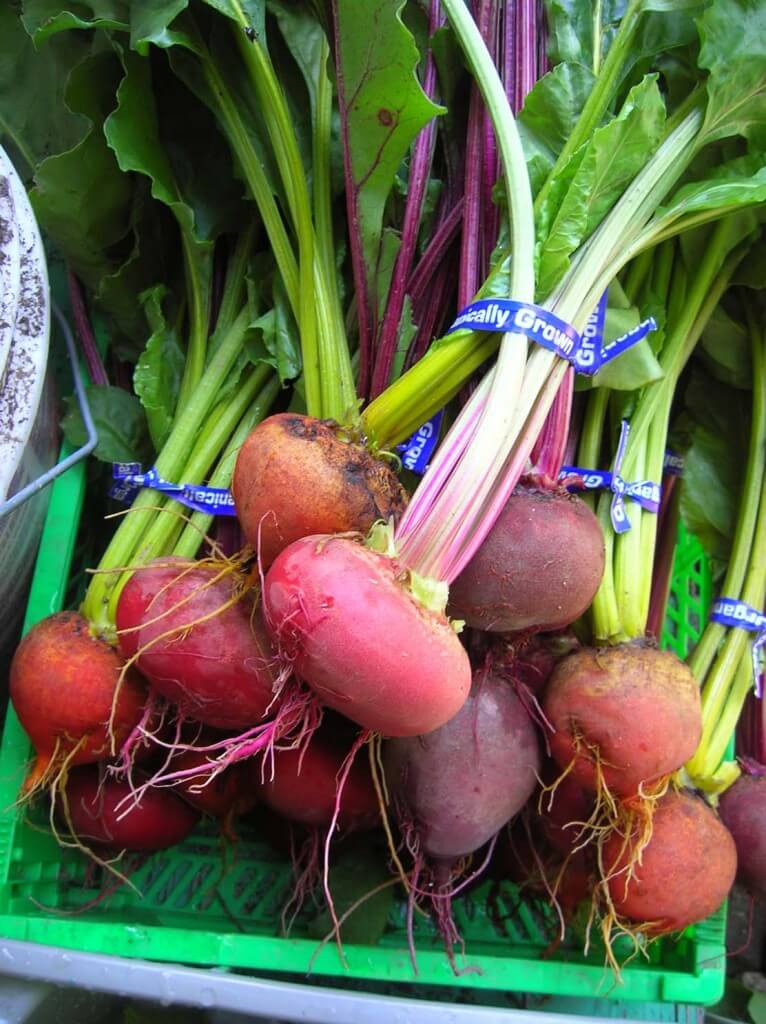
Sweets… with beetroot
Beetroot chocolate brownie is exactly what any kid will appreciate. Beetroot pancakes, based on fermented baked milk, have an elegant red color. Domestic version of cheesecake, but with beet-curd filling will be good for tea. Beet-apple tart with cheddar cheese, muffins with a mixture of orange and beets, pears with beets, and cakes with grated raw beets as an ingredient - it is surprising that modern craftswomen cook from a red vegetable.
And some mothers even manage to make beetroot… ice cream. To do this, squeeze the beet juice, boil it, prepare a mixture of milk, cream and the remaining beet pulp separately. The mixture is boiled and frozen in an ice cream maker, and served with beetroot chips.
Try to diversify your dishes with beets, and don't overdo it when feeding your baby. Beetroot is administered to children moderately: a baby up to a year old can be given no more than 50 g per day, an older one, even a baby, limit the daily allowance to 100 g. pall.
pall.
At what age can a child be given beetroot and beetroot juice?
Beetroot and beetroot juice: when to introduce into the child's diet?
Beetroot is a vegetable that is very beneficial for the body. It must be present in baby food. But from what age, in what quantities to give beets, how to cook it for a baby, and is it possible to squeeze juice from a root crop? The article will help to understand all the important issues regarding the inclusion of beets in the children's menu.
Contents
Benefits of beets for the body
Most nutritionists advise eating beets and dishes from them regularly. This vegetable has a positive effect on digestion, and that’s all thanks to its rich composition. The main beneficial effects of the root crop are as follows:
- Due to the vast amount of vitamins in the composition of the beet pulp, its consumption in food will have a good effect on the development of the baby - both mentally and physically.
 Also, the product will help to function normally to all internal organs and systems.
Also, the product will help to function normally to all internal organs and systems. - The root crop contains a sufficient amount of minerals - iodine and iron, and this is the prevention of anemia and iodine deficiency.
- In addition to these trace elements, beets contain other minerals and salts of minerals, so the product will have a positive effect on metabolism.
- Eating beets regularly, it will strengthen the walls of blood vessels, contribute to the good functioning of the hematopoietic organs, and reduce nervous excitability.
- The child's immune system will work more smoothly after eating beets, because the vegetable has immunomodulatory and antioxidant properties.
- If a child is given light beet salads or mashed potatoes, then he will not have problems with the intestines, the main of which at a tender age is constipation.
- Beetroot is very useful for the liver, it is a natural hepatoprotector, which is important for any person.
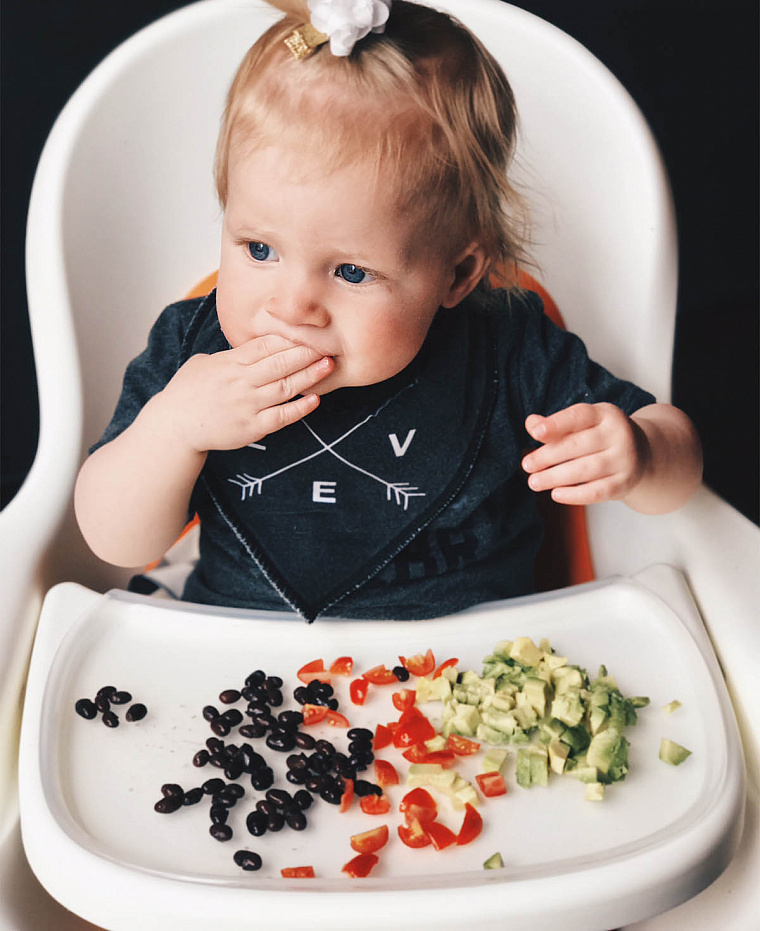
Does the root crop have harmful properties?
- If the beets are not grown in an ecologically clean place without the use of herbicides and soil improvers, then there is a possibility of harmful impurities in them. A vegetable tends to take salt, nitrates, and other substances from the soil that are not at all necessary for the child's body. Therefore, a large amount of beets can adversely affect the functioning of the kidneys.
- Beets can lower blood pressure. If for many adults with vascular and heart diseases this property of beets will only benefit, then it can harm babies.
- If a child is prone to diarrhea, then eating beets is often contraindicated for him.
Beet consumption must be moderate, not uncontrolled, otherwise you can achieve unpleasant effects!
At what age can you give a baby?
Only after the child has already had other vegetables on the menu (zucchini, pumpkin, potatoes, broccoli, cauliflower, carrots), they begin to introduce beets into his diet. If no allergic reactions were noted, there is no tendency to allergies, then the age of introduction of beets is 8-9 months . If the baby is allergic, he is diagnosed with diathesis, then you will have to forget about beets for up to a year (at least).
If no allergic reactions were noted, there is no tendency to allergies, then the age of introduction of beets is 8-9 months . If the baby is allergic, he is diagnosed with diathesis, then you will have to forget about beets for up to a year (at least).
If the child does not have allergies and has problems with stool, intestinal motility is reduced, then this may be the basis for introducing the root crop into the menu after 6 months. It is strictly forbidden to make this vegetable the first meal of complementary foods - it will be very difficult for an organism not accustomed to plant foods to absorb a product with a lot of fiber!
In general, earlier than 8 months, the introduction of beets is permissible only to bring the stool back to normal.Beets and constipation: does it really save you from the problem?
YES, it helps. The vegetable contains a lot of fiber - a type of carbohydrate, which, for the most part, is not digested in the intestines, but helps to carry out normal digestion. As a result of the inclusion of beets in the menu, there is an increase in intestinal motility, it pushes out stagnant feces and eliminates constipation. From vekla eliminates constipation and is an excellent prevention, so you must eat it!
As a result of the inclusion of beets in the menu, there is an increase in intestinal motility, it pushes out stagnant feces and eliminates constipation. From vekla eliminates constipation and is an excellent prevention, so you must eat it!
Can beets cure a runny nose? How to make drops?
It may seem strange, but beetroot juice is good for treating rhinitis (runny nose). For this purpose, use the juice of raw or boiled vegetables. Drops are prepared as follows:
- Wash the beets, grate them;
- Squeeze the juice from the grated root crop with gauze;
- Dilute juice with water (take water and juice equally 1 to 1)
- Drip into the baby's nose 2 drops 4 times a day.
This prescription is suitable for infectious rhinitis in children and adults. Allergic rhinitis cannot be treated with beetroot juice!
How to introduce vegetable into baby's diet?
The allergenic properties and laxative effect of the root vegetable make it necessary to act very carefully regarding its introduction into the menu.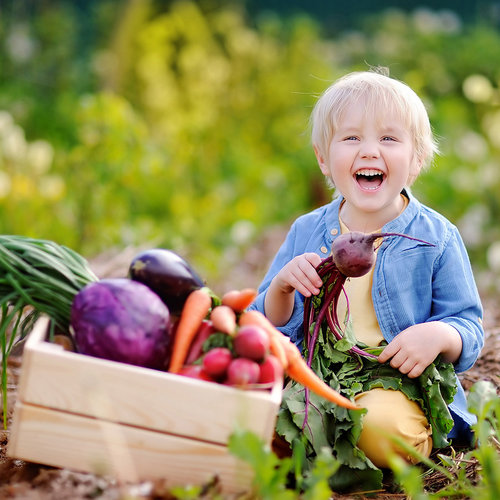 It is best to make puree from vegetables already familiar to the child, and add a little boiled root vegetable juice (literally half a teaspoon) to it. If the reaction of the body is normal, there will be no allergy, then next time you can add more juice.
It is best to make puree from vegetables already familiar to the child, and add a little boiled root vegetable juice (literally half a teaspoon) to it. If the reaction of the body is normal, there will be no allergy, then next time you can add more juice.
When the "experiments" with juice start to go well, it is worth trying to make beetroot puree and give the child ½ teaspoon. It is important to feed your child the product in the morning to ensure that the product is well tolerated throughout the day.
How much beetroot can a child eat?
Starting to introduce beets into the diet of an 8-9-month-old child, this root crop is given together with other vegetables in an amount of not more than 1/3 of the mass of the entire vegetable dish. By the year, the amount of beets that can be given to a child in one day is 50 grams. At the same time, it is enough to offer this vegetable to the baby only once a week. After a year to 7 years of age, beets are given in an amount of up to 100 g per day.
Beet puree
Babies under 12 months like boiled beets in the form of puree, and they simply cannot chew the elastic root crop in slices. To prepare puree, take beets, vegetable oil, water.
The production procedure is as follows: beets are washed very thoroughly, leaves are removed, poured with water, boiled to a boil over high heat, then over low heat for 10 minutes. Next, the water is drained to eliminate harmful impurities, poured with fresh water and cooked in the same way under the lid for 1-1.5 hours. You can determine the readiness of the beets with a kitchen knife - they pierce the beets to the middle of the root crop. If the knife goes smoothly, then the beets are soft and ready.
Cooked beets are dipped in cold water for a few seconds to easily remove the skin. The peeled vegetable is rubbed on a fine grater or chopped with a blender, a little vegetable oil is added and the puree is diluted with boiled water (so that the puree is not too thick). This dish is perfect for feeding babies up to 12 months of age.
This dish is perfect for feeding babies up to 12 months of age.
Beet puree can be added to rice or buckwheat porridge, apple, potato, marrow or meat puree.
Reheating the dish worsens its nutritional quality, so young children prepare beetroot puree only once !
[sc name="rsa" ]
How to make beetroot juice?
After a successful start of complementary foods from boiled vegetables, you can try to give your child beetroot juice from raw beets. It is worth remembering that beetroot juice must be diluted with water or other juices. Juice can irritate the mucous membrane of the stomach and intestines, besides it does not taste very pleasant. On average, the introduction to the juice menu should be at the age of 11-12 months.
The total amount of beetroot juice offered to a crumb must not exceed 1/3 of the total drink. Apple-beetroot juice is especially useful for a baby, but it should also be diluted with water due to the large amount of acid in apples. It is forbidden to take beetroot juice with diabetes, diarrhea, pathologies of the gastrointestinal tract, kidneys.
It is forbidden to take beetroot juice with diabetes, diarrhea, pathologies of the gastrointestinal tract, kidneys.
If a child does not drink cheese juice well, then do not despair. A boiled vegetable gives more benefit to the baby's body than raw. Despite the destruction of some minerals and vitamins after heat treatment, nitrates are also destroyed, and a significant proportion of useful components are still preserved. Boiled beets are better absorbed by the child's body, which, in the end, will be much more useful.
https://www.youtube.com/watch?v=Rlz-tmyXtuk
It is strictly forbidden to drink raw juice if the baby:
- Suffering from some kind of stomach disorder;
- Has kidney problems;
- Prone to diarrhea;
- Suffering from diabetes.
More recipes
Beetroot salad for children over 1 year old
From the age of 1, a child can be offered salads with beets, adding, for example, prunes to the root crop.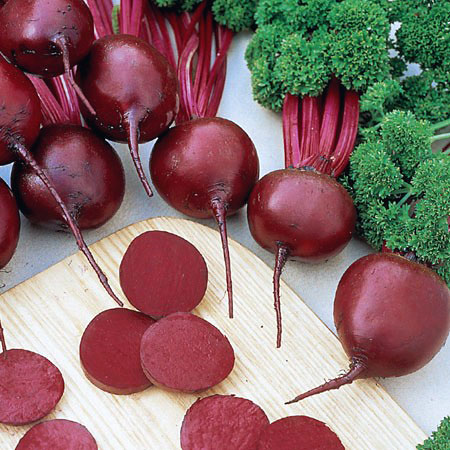 The order of preparation of the salad is as follows:
The order of preparation of the salad is as follows:
- Soak prunes in boiling water;
- Boil one beetroot, peel it;
- Finely grate the beets;
- Prunes cut into thin pieces;
- Mix components;
- Fill the dish with sour cream.
Carrot (raw or boiled) or apple can be used instead of prunes in salad. Children after 1.5 years old can be given salads with raw beets. In addition to salads, you can include the root crop in various soups, stews and other dishes, make cutlets and pancakes from beets.
Oleg Sheinker, a professional chef and a young father, shows how to prepare a delicious beet salad for a child:
Beet cutlets
To diversify the child's menu, you can cook delicious beet cutlets. The vegetable must be cooked until tender, peeled, twisted in a meat grinder, salted. For 100 g of the mass, add 10 g of butter, half the yolk, a spoonful of semolina, mix well. While stirring, boil the resulting mass a little until it thickens, then let it cool. Form cutlets from the mass, roll in breadcrumbs, fry. When serving with cutlets, sour cream is well suited.
The vegetable must be cooked until tender, peeled, twisted in a meat grinder, salted. For 100 g of the mass, add 10 g of butter, half the yolk, a spoonful of semolina, mix well. While stirring, boil the resulting mass a little until it thickens, then let it cool. Form cutlets from the mass, roll in breadcrumbs, fry. When serving with cutlets, sour cream is well suited.
Stewed beets
The recipe for another root vegetable dish is like this. Peel and finely cut into cubes 300 g of beets and 30 g of carrots, pour in a small amount of water, add a spoonful of vegetable oil, then wait for the water to boil, reduce the heat and close the saucepan with a lid. Periodically mixing the beets with carrots, simmer in a closed container for about an hour. Next, add 2 tablespoons of sour cream, a little salt and sugar to the vegetables, mix and continue to simmer for about ten minutes.
How to choose a good vegetable?
Home grown beetroot is the best choice for making baby food.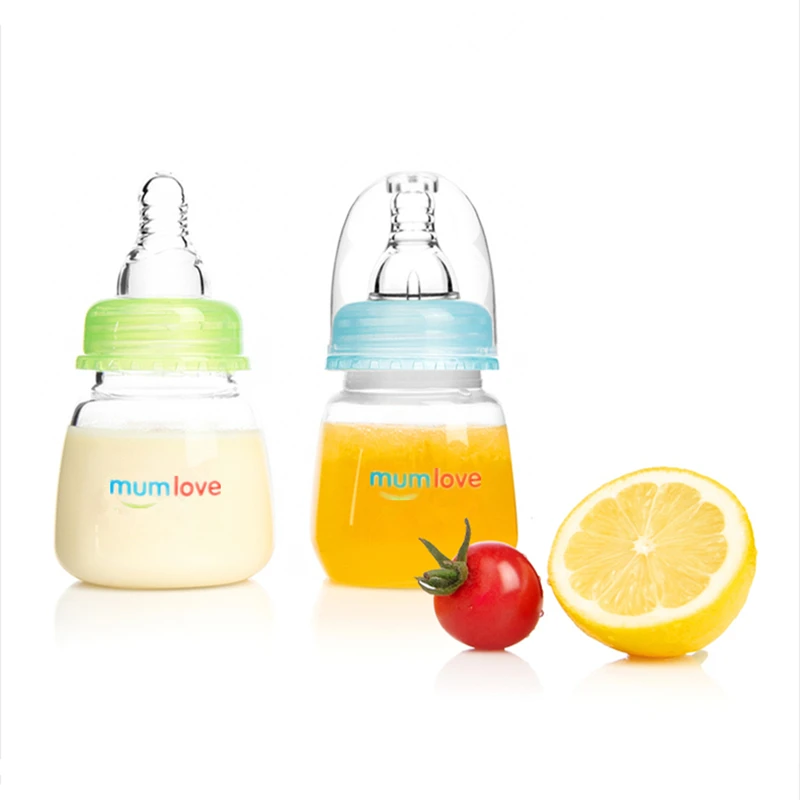 Unfortunately, most of us have to buy the product in the store, and there are several recommendations for buying:
Unfortunately, most of us have to buy the product in the store, and there are several recommendations for buying:
- Large beets always contain more harmful compounds than small beets.
- Buy only beets for baby food, which have a pronounced burgundy hue.
- The shape of a quality table vegetable is oval, rounded. There is fodder beet which has an oblong shape.
- If there are areas with rot, damage on the skin of a vegetable, you cannot take such a product. The whole skin should be strong, dense.
- A soft, flabby vegetable is also not worth buying, it should be firm and even.
Allergy to beets - is it possible?
Unfortunately, this root crop sometimes causes food intolerances and allergic reactions, which is why it is given to any child, starting with the smallest portion (half a teaspoon of puree) to check the body's response. Beetroot juice is introduced into the menu literally drop by drop. If there are no signs of allergy within 72 hours, you can repeat the intake of beetroot juice or puree.
From forums
Months from 10 are definitely possible. But my son was allergic to it (or food intolerance, these are different things, but they look the same), and I no longer gave it to my daughter at all. She tried beets in the form of borscht already after a year.
Komarovsky has about the same plan - up to six months - only mother's milk or mixture, then we add kefir (from the dairy kitchen), then porridge or vegetables, first uncolored. Somewhere in parallel - an apple. After porridge (or vegetables) - vegetables (or porridge, depending on what came first). Then meat. Fish - not earlier than 10 months. Somewhere in this plan, I personally was guided.Beetroot is a useful vegetable, beetroot contains a lot of iodine and iron, and beetroot is useful for anemia in children and constipation. But I still would refrain from giving the child beets until 1 year old, due to the fact that beets cause diathesis.
If you decide to give beets up to 1 year old, then in small portions and only boiled and watch the child, usually there are rashes on the face on beets. If your child already eats dishes from potatoes, broccoli, cauliflower, pumpkin porridge, boiled zucchini, and only after these vegetables should you start giving beets, if your child has not yet tried these foods, then you do not need to introduce beets into the diet.
Beets are very rich in fiber and at the age of 1 year, the child will digest beets better.If the child is allergic, then this vegetable should be approached with caution. Somehow they gave my ward beetroot salad and she poured it all out, but she didn’t have such a reaction to borscht. And in Soviet times, we mixed beetroot juice with carrot and apple juice. Of course, they didn’t give it in its pure form. At 8 months, they started giving. And, thank God, the kids were healthy.
Conclusion
- Beets can be both beneficial and harmful.



